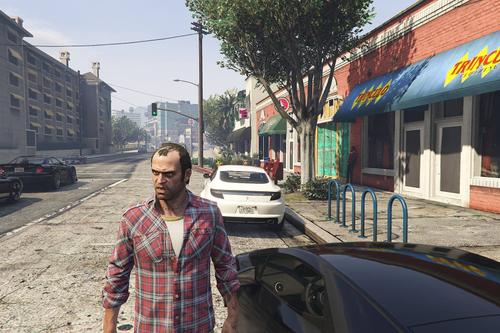
"serverTitle" : set this value to the name of your server.

"useBoldText" : set this value to true or false if you want to use bold text."textColour" : set this value to the format of "0,0,0" where the numbers are the RGB values for the colour of the text."useTextColour" : set this value to true or false if you want to use a custom colour for the text.It can be anywhere but preferbly put it in the images folder. "backgroundImagePath" : set this value to the path of your image."useBackgroundImage" : set this value to true or false if you want to use a background image instead of a colour."backgroundColour" : set this value to the format of "0,0,0" where the numbers are the RGB values for the colour of the background."useBackgroundColour" : set this value to true or false if you want to use a solid, background colour.The following are the settings and their explanation:.Once opened, you'll be presented with options such as:.Within there, you'll see a file called "config.json". Then head into the folder "LoadingScreen". Open the folder "loqscript-material_load-loadingscreen". The configuration is, again, rather quite simple. It's all installed and now it's time to configure it. Start loqscript -material_load -loadingscreen Open up your server.cfg and add the following:.Copy the folder to your server resources folder.Make sure the folder is named "loqscript-material_load-loadingscreen".zip or clone the repository to your desktop. If you have any loading screens installed, do uninstall them and remove them from your server.cfg. If you wish to view an example, you can visit the following YouTube link:

It is responsive on different resolutions. The loading screen is designed to have a material design feel.

Material_Load is a loading screen developed by /Loqrin.


 0 kommentar(er)
0 kommentar(er)
